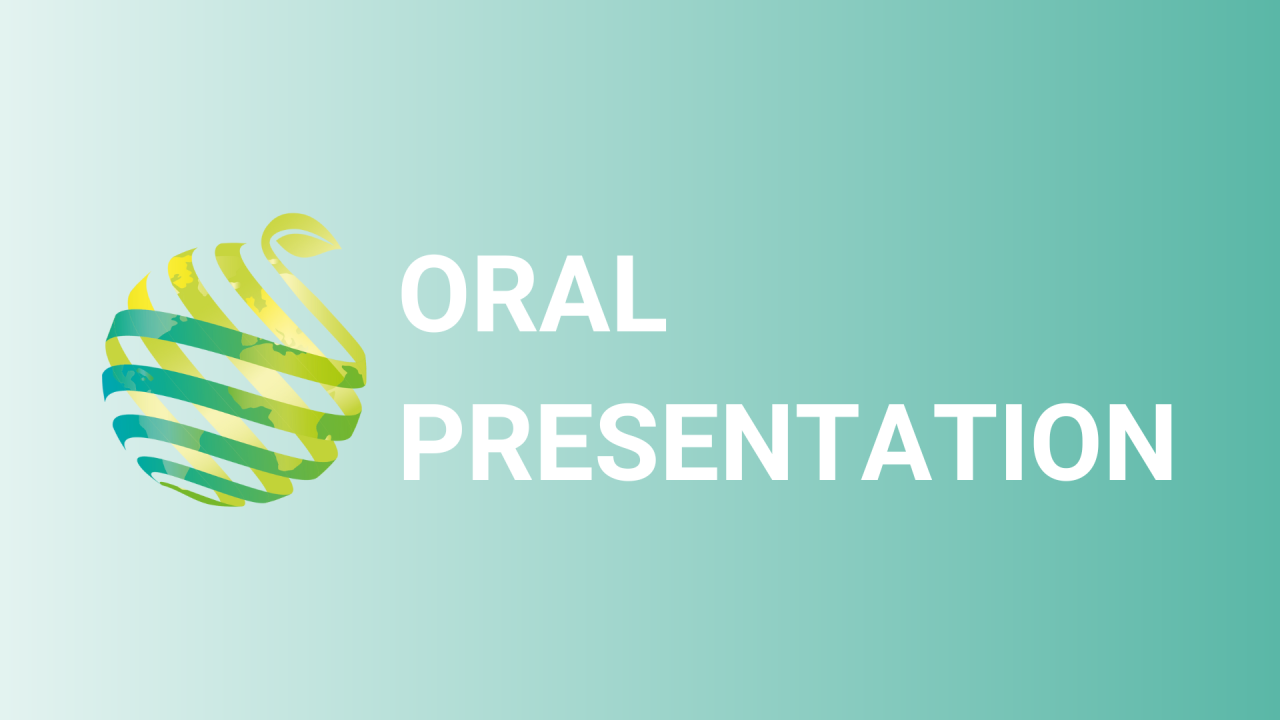

S06 - Session O3 - Effect of inter-lighting using red + blue LEDs with additional far-red LED on fruit quality and carotenoid content of red- and yellow-colored sweet peppers.
Information
Authors: Dongpil Kim *, Jung Eek Son
Light spectrum is one of the crucial factors that affect the quality and coloration of fruits. This study aimed to analyze how the inter-lighting with red + blue, and/or additional far-red LEDs affects the fruit quality and carotenoid content of red and yellow sweet peppers ( Capsicum annuum L.). Three inter-lighting treatments were applied: Natural light (NL), red+blue (RB), and red+blue with far-red (RBFR). The ratio of red and blue was 8:2 in PPFD, and the total PPFD light of inter-lighting sources was adjusted to 70 μmol·m -2 ·s -1 at 20 cm distance. Total soluble sugar, acidity, and firmness were measured as fruit quality indexes. For the measurement of carotenoids, fruits were sampled by dividing them into two harvested groups with different locations in the plants. Group 1 was the first harvested before the plants reached inter-lighting sources, and group 2 was sampled from the location where the light sources were directly illuminated. Major carotenoid compounds were identified with the HPLC system based on their absorption maxima and spectrum. TSS and firmness were significantly higher in the RB and RBFR in yellow fruits ( p < 0.05). In group 1, the total carotenoid content was significantly higher in only red fruits in all the inter-lighting treatments, whereas in group 2, the total carotenoids were 3.0-fold and 2.1-fold higher in both red and yellow fruits in the RB, respectively, and 2.0-fold and 1.4-fold higher in the RBFR. In particular, the carotenoid content was about 30% lower in the RBFR than the RB. This study showed that carotenoid compounds could be enhanced by additional inter-lighting in greenhouse cultivation, but far-red wavelengths can lead to a certain level of reduction in total carotenoids. (This research was supported by IPET, 320081-1)